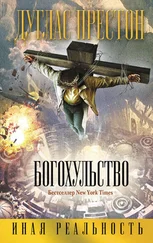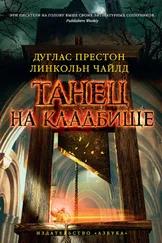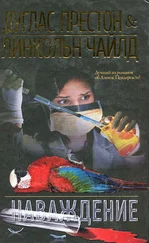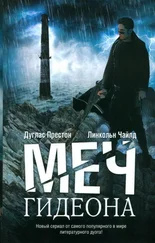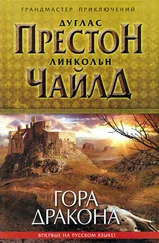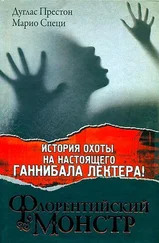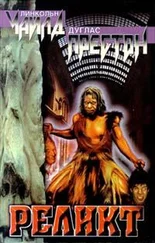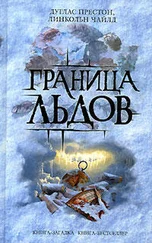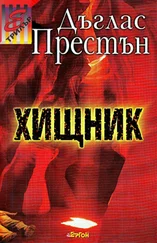3819 48th Street NW
Washington, DC 20016
202-362-1993
Bonobo Protection Fund
Language Research Center
Georgia State University
University Plaza
Atlanta, GA 30303-3083
The Dian Fossey Gorilla Fund
45 Inverness Drive
Englewood, CO 80112
303-790-2349
or
110 Gloucester
Primrose Hill
London NW1 8JA
U.K.
Friends of Washoe
P.O. Box 728
Ellensburg, WA 98926
The Gorilla Foundation
Box 620-530
Woodside, CA 94062
The Great Ape Project
P.O. Box 1023
Collingwood, Melbourne
Victoria, Australia 3066
The Orangutan Foundation International
822 South Wellesley Avenue
Los Angeles, CA 90049
Projet de Protection des Gorilles
Howletts & Port Lymphe Foundation
Brazzaville BP 13977
Republique du Congo
or
John Aspinall’s Wildlife Sanctuaries
750 Lausanne Road
Los Angeles, CA 90077
Wildlife Conservation Society
The Wildlife Conservation Park
Bronx, NY 10460
World Wide Fund for Nature
World Wildlife Fund Switzerland
Forrlibuckstrasse 66
Postfach, 8037
Zurich, Switzerland
International Primate Protection League
P.O. Box 766
Summerville, SC 29484
803-871-2280
Chimfunshi Wildlife Orphanage
P.O. Box 11190
Chingola, Zambia
or c/o The Jane Goodall Institute
Many primatologists will recognize experiments, stories, and anecdotes in this book that were adapted from nonfiction accounts of raising chimpanzees in human families, observations of chimpanzees in the wild, and cognitive and linguistic studies of chimpanzees. I am obviously indebted to many works about chimpanzees, particularly the writings of Jane Goodall, Maurice Temerlin, Cathy Hayes, and Herbert S. Terrace. I would like to acknowledge my major sources here.
Goodall, Jane. The Chimpanzees of Gombe: Patterns of Behavior . Cambridge: The Belknap Press of Harvard University Press, 1986.
_______. In the Shadow of Man . Rev. ed. Boston: Houghton Mifflin Co., 1988.
_______. My Friends the Wild Chimpanzees . Washington, D.C.: The National Geographic Society, 1967.
_______. Through a Window . Boston: Houghton Mifflin Co., 1990.
Hayes, C. The Ape in Our House . New York: Harper Brothers, 1951.
Linden, Eugene. Silent Partners: The Legacy of the Ape Language Experiments . New York: Times Books, 1986.
Montgomery, Sy. Walking with the Great Apes . Boston: Houghton Mifflin Co., 1991.
Nichols, Michael, with contributions by Jane Goodall, George B. Schaller, and Mary G. Smith. The Great Apes: Between Two Worlds . Washington, D.C.: The National Geographic Society, 1993.
Premack, David, and Premack, Ann James. The Mind of an Ape . New York: Norton, 1983.
Raven, Henry C. “Meshie: The Child of a Chimpanzee,” Natural History , vol. 32, 1932.
_______. “Further Adventures of Meshie,” Natural History , vol. 33, 1933.
Rosen, S. I. Introduction to the Primates: Living and Fossil . Englewood Cliffs, N.J.: Prentice-Hall, 1974.
Temerlin. Maurice. Lucy: Growing Up Human . Palo Alto, Calif.: Science and Behavior Books, 1972.
Terrace, Herbert S. Nim: A Chimpanzee Who Learned Sign Language . New York: Alfred A. Knopf, 1979.
I owe a great debt to my agents, Tom Wallace and Matthew Snyder. I would like to thank my editor, Bob Wyatt, for his excellent work. I am deeply indebted to Mary G. Smith of the National Geographic Society for her enthusiastic support and excellent advice. I would particularly like to express my great appreciation to Dr. Douglas Schwartz, President of the School of American Research, for his support. I thank Stuart Woods and Lincoln Child for their helpful comments, and I am grateful for the editorial suggestions of the No Poets Society of Santa Fe. And I thank my father, Jerome Preston, Jr., for his very helpful advice, and my grandfather, Jerome Preston, Sr., for his great support.
I would like to thank Nina Root, Chairwoman of the Department of Library Services at the American Museum of Natural History, for allowing me access to the Raven papers and films. I would also like to thank the late Dr. Harold Shapiro of the American Museum for sharing with me his vivid reminiscences of Henry Raven and the chimpanzee called Meshie.
Finally, I want to thank my wife, Christine, for all her support.
The fictional characters in this novel are not based on real people and any resemblance to such is purely coincidental. As for the real people and organizations who appear by name in this novel, most of what is written about them is not true. Proxmire did not, for obvious reasons, award a Golden Fleece to the Jennie project. Walter Sullivan did not write an article about Jennie. Teddy Kennedy did not meet Jennie. Nor did the Boston Globe , the Boston Herald-Traveler, Esquire magazine, Psychology Today magazine, or any other magazine or newspaper report on Jennie. Jennie did not appear on the Ed Sullivan show. I apologize for any negative opinions expressed by fictional characters about real people. The reader will be able to separate fact from fiction in these instances.

